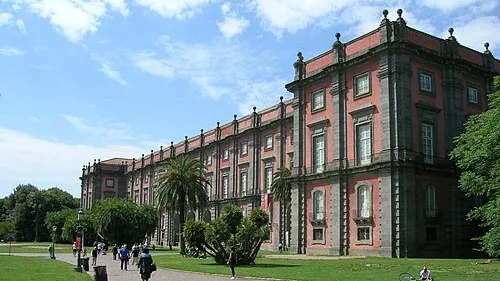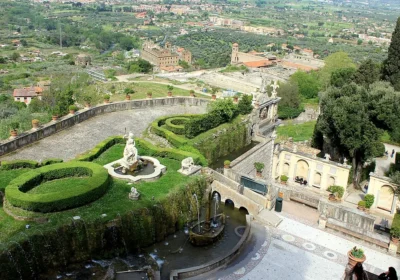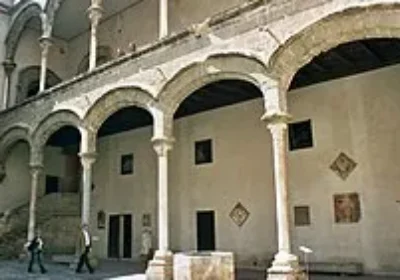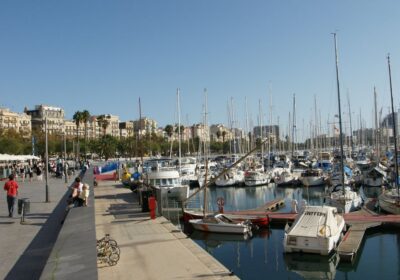Museum and National Gallery of Capodimonte:
The National Museum and Gallery of Capodimonte is Naples’ main city museum and art gallery. It is housed in a palace, formerly the summer residence of the Bourbons, in the city park on the Capodimonte hill. The museum is one of the largest in Italy and is the main repository of Neapolitan paintings and decorative arts. In addition to the internal exhibition, you can enjoy the 120 hectares of historic parkland surrounding the museum and the views from the Capodimonte hill.
Karl III of Bourbon liked to hunt near the high hill, some distance from the centre of Naples. Because of this, a royal residence was built on top of the Capodimonte, with Giovanni Antonio Madrano as the architect. A splendid art collection was inherited by Charles from his mother, Elisabetta Farnese. The beginning of this collection was laid by Cardinal Alessandro Farnese (Pope Paul III).
When the Royal Porcelain Factory was built in Naples, it was located near the palace. And it was at this factory that the details of the porcelain room – the salon of Charles III’s wife, Maria Amalia – were made.
The first rooms of the gallery display the Farnese collection. Here are paintings by Raphael, Titian, Caravaggio, Lippi, Botticelli and El Greco. They were moved to the palace while it was still under construction at the request of Charles. Here, on the ground floor of the museum, you will find the famous royal apartments: paintings, exquisite furniture and valuable everyday objects.
The porcelain room is the “jewel” of the Capodimonte Palace. The entire surface of the walls and ceiling of this small room are covered with multi-coloured porcelain and painted stucco. All of them are made in the Chinese style, which is why the room is called Chinese. The first floor of the palace is dedicated to the collections of the Neapolitan gallery. It houses tapestries, paintings and sculptures made by local and visiting artists. However, they all have one thing in common: they reflect the artistic history of Naples between the 12th and 18th centuries.
On the third floor of the museum there are several rooms where contemporary art is presented. For example, there you can see Andy Warhol’s famous painting “Vesuvius”.
The exhibition includes not only paintings. The museum has an extensive collection of historic firearms. There is a large display of 18th-century antique furniture and a collection of porcelain and majolica from various royal residences.
And beneath the palace itself are the catacombs of San Gennaro, dating back to the 2nd century, where the body of St Januarius is located.
The museum is open every day except Wednesday, 24 and 25 December, 1 January, and 1 May

















